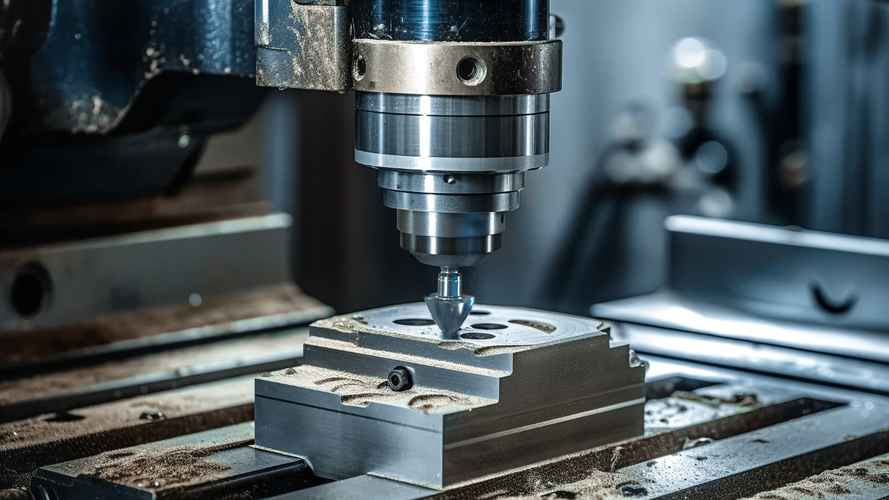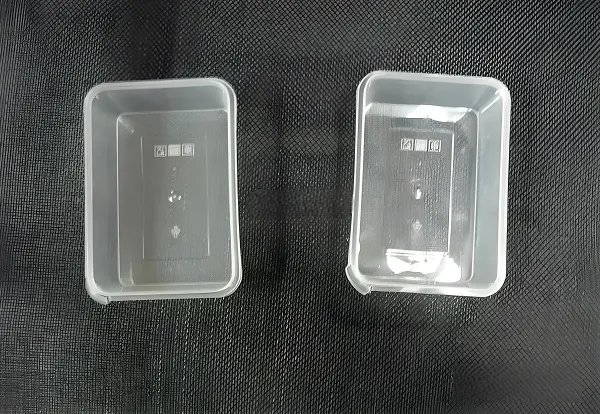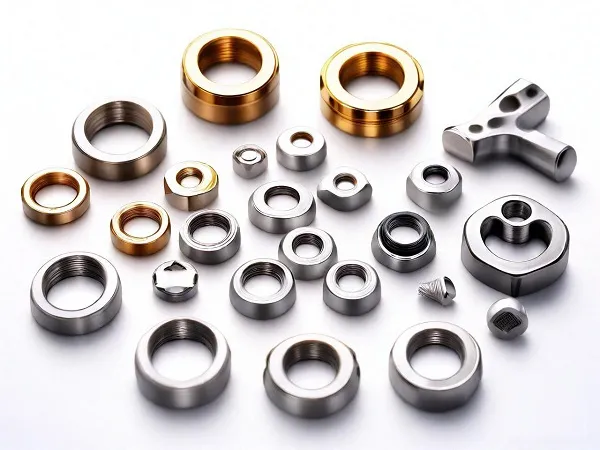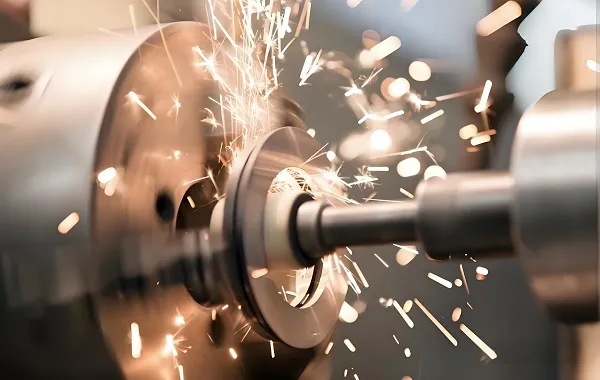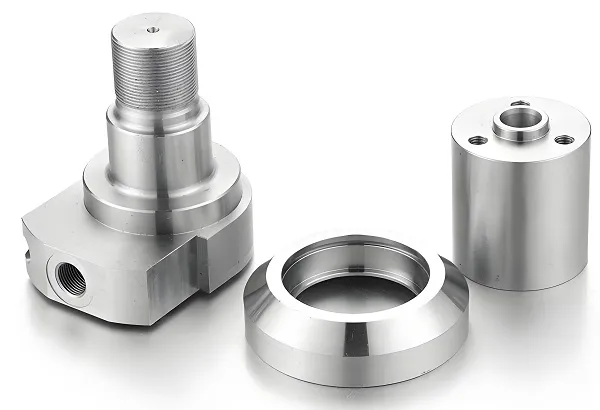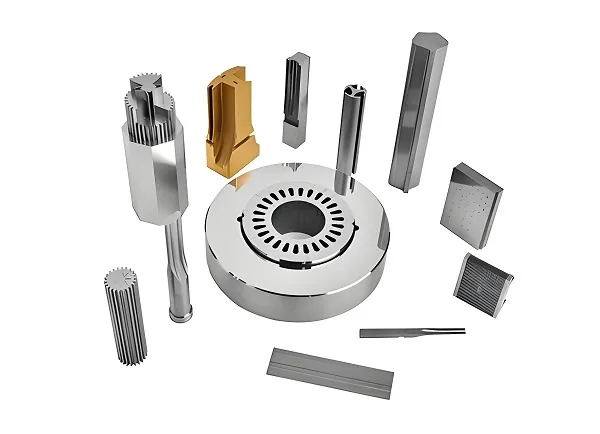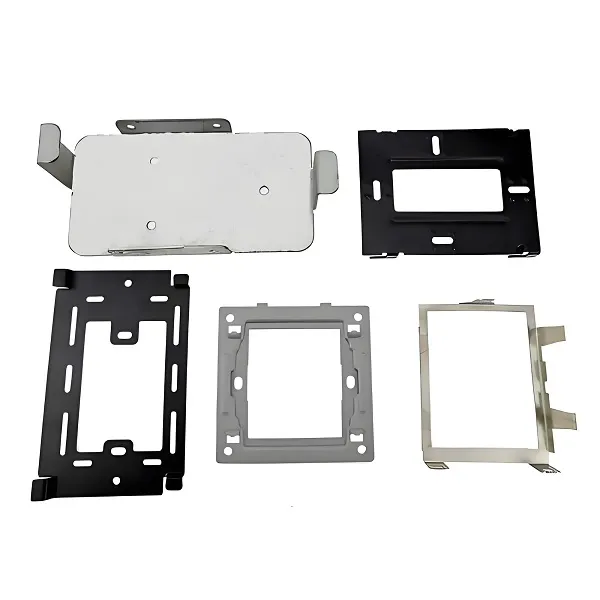1. Core Cognition: Why CNC Drilling Aluminum Requires Specialized Methods
- High Efficiency: Cutting speed can reach 3-5 times that of steel (3000-6000r/min vs. 800-1500r/min);
- Low Energy Consumption: Cutting force for aluminum is only 1/3 of that for steel (a φ8mm drill requires 50N for aluminum vs. 150N for steel);
- Easy Precision Machining: Hole wall roughness can easily reach Ra≤1.6μm (steel requires additional polishing).
2. Key Technologies for CNC Drilling Aluminum
A. Tool Selection: The Core of “Anti-Stick & High-Speed Cutting”
|
Tool Feature
|
Aluminum-Dedicated Design
|
Reasoning
|
|
Material
|
Carbide (WC-Co) > High-Speed Steel (HSS)
|
Carbide has high hardness (HRC90+) and good thermal conductivity, preventing edge overheating and chip adhesion; HSS wears easily (service life is only 1/5 of carbide).
|
|
Coating
|
TiAlN (Titanium Aluminum Nitride) / ZrN (Zirconium Nitride) > Uncoated
|
TiAlN coating has a low friction coefficient (0.3 vs. 0.5) and high temperature resistance (800℃), reducing chip adhesion; ZrN is suitable for high-silicon aluminum (e.g., A356).
|
|
Flute Count
|
2 flutes (standard) / 3 flutes (high-speed)
|
2-flute drills have wide chip flutes (facilitating the discharge of large coiled chips); 3-flute drills are suitable for thin-walled aluminum parts (reducing vibration).
|
|
Point Angle
|
118° (standard) / 90° (thin aluminum <3mm)
|
118° edges are sharp (reducing cutting force); 90° angles prevent “collapsing” of thin aluminum parts (e.g., drilling smartphone housings).
|
|
Shank Type
|
Straight shank (φ≤10mm) / Taper shank (φ>10mm)
|
Straight shanks are suitable for high-speed drilling of small diameters (≤6000r/min); taper shanks enhance the rigidity of large-diameter drills (φ>10mm).
|
B. Cutting Parameter Optimization: Balancing Speed and Quality
|
Drill Diameter (d)
|
Spindle Speed (S)
|
Feed Rate (F)
|
Cutting Speed (Vc)
|
Key Note
|
|
φ1-3mm
|
5000-6000r/min
|
80-120mm/min
|
15-57m/min
|
High speed + low feed (prevents small drill breakage)
|
|
φ3-8mm
|
3000-5000r/min
|
120-200mm/min
|
28-125m/min
|
Balance efficiency and chip discharge (F=0.04-0.05×S)
|
|
φ8-15mm
|
2000-3000r/min
|
200-300mm/min
|
50-141m/min
|
Reduce speed to enhance rigidity (prevents large drill vibration)
|
|
φ15-25mm
|
1000-2000r/min
|
300-400mm/min
|
47-157m/min
|
Adopt “step feed” (retract every 5mm for chip discharge)
|
C. Cooling & Lubrication: Solving Adhesion and Overheating
|
Cooling Method
|
Application Scenario
|
Advantages
|
Disadvantages
|
|
Emulsified Coolant (5-8% concentration)
|
Mass production (e.g., automotive aluminum parts)
|
Good cooling effect (removes 80% of heat), low cost
|
Requires recycling (high environmental requirements)
|
|
Cutting Oil (Mineral Oil)
|
Precision drilling (e.g., aerospace aluminum)
|
Strong lubricity (Ra≤0.8μm), no corrosion
|
High viscosity (easily adheres to workpieces, requiring cleaning)
|
|
Mist Cooling (Air+Oil mixture)
|
Thin aluminum (e.g., PCB brackets <2mm)
|
No 积液 (avoids thin part deformation), smooth chip discharge
|
Limited cooling range (only suitable for φ≤8mm drills)
|
D. Chip Evacuation: Preventing Hole Blockage
- Peck Drilling (G83): Suitable for deep holes (depth >5×diameter). Retract the drill every 2-3×diameter drilled (Q value = 2-3d). For example, for a φ5mm hole with 25mm depth:
- High-Speed Pecking: For high-silicon aluminum (e.g., A356 with 7% silicon content), reduce the Q value to 1×diameter (e.g., Q5 for φ5mm) to reduce friction between chips and hole walls.
- Reverse Pecking: For blind holes, reverse the spindle rotation (M04) for 1 second after the final retraction to bring residual chips out of the hole (avoiding depth deviation caused by bottom chip accumulation).
3. Practical Case: CNC Drilling 6061 Aluminum Bracket
Step 1: Process Planning
- Pre-Drilling: Drill 2mm-deep pilot holes with a φ3mm spot drill (118° point angle) to prevent φ5mm drill deflection.
- Final Drilling: Drill φ5mm×10mm through-holes with a φ5mm carbide drill (TiAlN coating, 2-flute) using G83 cycle for chip discharge.
- Deburring: Drill 0.5mm-deep chamfers with a φ6mm chamfer mill (45° edge) to remove hole edge burrs.
Step 2: Equipment & Tools
- Machine: FANUC 0i-MF 3-axis milling center (max spindle speed 8000r/min);
- Tools: T01 (φ3mm spot drill, HSS), T02 (φ5mm carbide drill, TiAlN coating), T03 (φ6mm chamfer mill);
- Cooling: 8% concentration emulsified coolant (flow rate 25L/min, pressure 0.4MPa).
Step 3: Programming Snippet (FANUC System)
Step 4: Quality Verification
- Aperture Check: Use a φ5H8 plug gauge (upper deviation +0.013); all 10 holes pass smoothly (no interference).
- Surface Roughness: Measure hole walls with a roughness tester; Ra=1.2μm (meets requirements).
- Chip Check: No residual chips in holes (effective chip discharge via emulsified coolant + G83 cycle).
4. Common Problems & Solutions for CNC Drilling Aluminum
1. Chip Adhesion (Sticky Chips on Drill)
- Cause: Excessively low speed (cutting temperature >250℃), insufficient cooling, dull drill edges;
- Solution:
-
- Increase speed by 10-20% (e.g., from 3000r/min to 3600r/min for φ5mm);
-
- Replace with high-lubricity coolant (e.g., emulsified coolant with 2% extreme pressure additive);
-
- Re-grind drill edges with a diamond wheel (maintain sharpness, edge radius ≤0.02mm).
2. Hole Wall Roughness (Ra>3.2μm)
- Cause: Excessively high feed rate (chip extrusion on hole walls), drill point angle deviation (118°±5°), poor chip discharge;
- Solution:
-
- Reduce feed rate by 15% (e.g., from 150mm/min to 127.5mm/min for φ5mm);
-
- Calibrate drill point angle (check with an angle gauge, control deviation within ±2°);
-
- Reduce the Q value of G83 (e.g., from 10mm to 8mm to increase chip discharge frequency).
3. Drill Breakage (Small Diameter <3mm)
- Cause: Excessively high speed (excessive centrifugal force), feed rate fluctuation, unclamped workpiece;
- Solution:
-
- Reduce speed to 4000-5000r/min (for φ2mm drills);
-
- Enable the “feed rate smoothing” function (set FANUC Parameter No. 1620 to 50);
-
- Clamp thin aluminum parts with a vacuum chuck (avoid drill bending due to vibration).
4. Hole Deviation (Position Error >0.02mm)
- Cause: Pilot hole deflection, spindle radial runout >0.003mm, workpiece thermal deformation;
- Solution:
-
- Use a spot drill with φ0.5×d (e.g., φ2.5mm pilot hole for φ5mm holes);
-
- Calibrate spindle runout (replace angular contact bearings, control within ≤0.002mm);
-
- Cool for 10 minutes after drilling before measurement (aluminum thermal expansion coefficient 23.1×10⁻⁶/℃, avoiding misjudgment due to thermal deformation).
5. Q&A: High-Frequency Questions About CNC Drilling Aluminum
Q1: How to drill deep holes in aluminum (depth >10×diameter, e.g., φ5mm×60mm)?
- Key Steps:
-
- Pre-drill with a “step drill” (φ3mm→φ4mm→φ5mm) to reduce single cutting volume;
-
- Adopt “segmented peck drilling” (G83 Q5, retract 2mm every 5mm drilled) with a high-pressure internal cooling drill (coolant sprays from the drill core);
-
- Reverse the spindle (M04) for 1 second every 20mm drilled to remove residual chips;
- Effect: Deep hole drilling time reduced by 30%, drill breakage rate reduced from 25% to 5%.
Q2: What’s the difference between drilling 6061 and 7075 aluminum?
- 7075-T6 (hardness 150HB, high-strength aluminum) causes more drill wear than 6061. Adjust parameters as follows:
|
Parameter
|
6061-T6
|
7075-T6
|
|
Spindle Speed
|
3000-4000r/min (φ5mm)
|
2500-3000r/min (φ5mm)
|
|
Feed Rate
|
120-150mm/min
|
100-120mm/min
|
|
Tool Coating
|
TiAlN
|
AlCrN (higher temp resistance, 1100℃)
|
- Reason: 7075 contains zinc (5.1-6.1%), which easily produces hard particles during cutting. Speed must be reduced to protect drill edges.
Q3: How to drill holes in thin aluminum sheets (<1mm, e.g., smartphone aluminum case)?
- Anti-Deformation Tips:
-
- Clamp with a “rubber pad + vacuum chuck” (avoid workpiece indentation);
-
- Select a 90° point angle drill (reduce axial pressure), speed 5000-6000r/min, feed rate 80-100mm/min;
-
- Reduce feed rate by 50% when drilling through (avoid “jump” causing hole edge deformation);
- Example: For drilling φ2mm holes in 0.8mm-thick 6061 aluminum cases, the above method reduces hole edge deformation rate from 18% to 2%.

